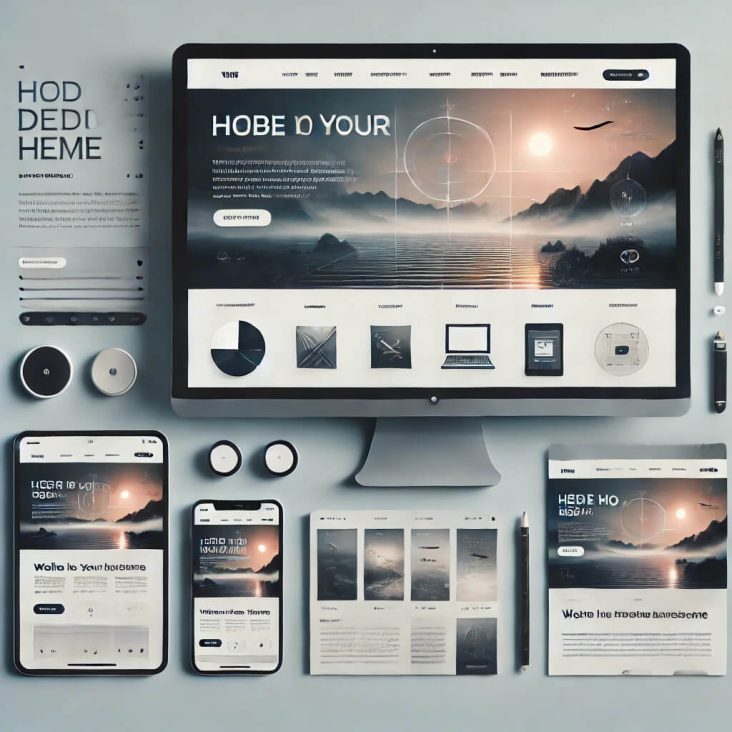Introduction
Web design is a multifaceted discipline that combines aesthetics and functionality to create effective layouts for websites. Striking the right balance between these two aspects is crucial for delivering a positive user experience. This article examines the science behind web layouts, the importance of user-centered design, and practical tips for creating balanced and functional websites.
The Science Behind Web Layouts
Effective web layouts are based on principles of visual perception and cognitive psychology. Understanding these principles can help designers create more intuitive and appealing designs. Key concepts include:
- Gestalt Principles: These principles explain how people perceive visual elements as a whole rather than as individual parts. Concepts such as proximity, similarity, and continuity can guide the arrangement of elements.
- Fitts’s Law: This law predicts the time required to move to a target area, such as a button. Larger and closer targets are easier to interact with, which can inform the placement and size of interactive elements.
- Hick’s Law: This law states that the time it takes to make a decision increases with the number of choices. Simplifying navigation and reducing options can enhance decision-making efficiency.
User-Centered Design Approach
User-centered design (UCD) focuses on the needs, preferences, and limitations of the end-user. Key principles of UCD include:
- Empathy: Understanding the user’s perspective and designing with their needs in mind. Empathy can be fostered through user research and persona development.
- Usability Testing: Regular testing with real users to identify and address usability issues. Iterative testing and refinement ensure the design meets user expectations.
- Accessibility: Designing for inclusivity by considering users with disabilities. This includes providing alternative text for images, using semantic HTML, and ensuring keyboard accessibility.
Practical Tips for Balanced Web Design
Creating balanced web layouts involves considering both aesthetics and functionality. Practical tips include:
- Grid Systems: Using grid systems to structure content and maintain alignment. Grids provide a framework for consistency and balance.
- Visual Hierarchy: Establishing a clear visual hierarchy to guide the user’s attention. Important elements should stand out through size, color, or placement.
- Content Prioritization: Prioritizing content based on user needs and business goals. Essential information should be prominently displayed, with secondary content accessible but not distracting.
Conclusion
The science of web layouts involves understanding visual perception principles, adopting a user-centered design approach, and balancing aesthetics with functionality. By applying principles such as Gestalt, Fitts’s Law, and Hick’s Law, and by focusing on empathy, usability testing, and accessibility, designers can create layouts that are both visually appealing and highly functional. The ultimate goal is to deliver a seamless and satisfying user experience that meets both user needs and business objectives.

